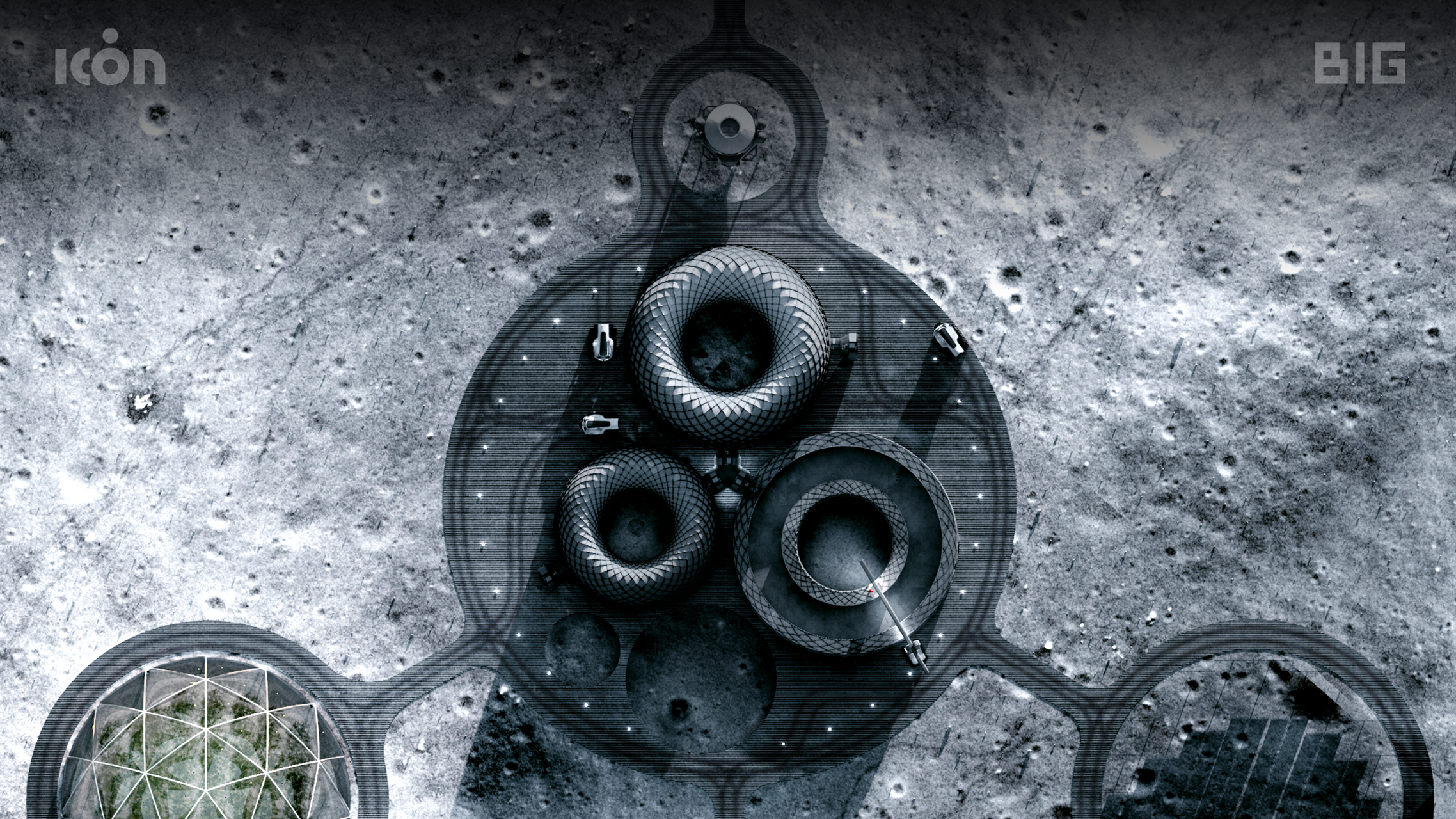At first glance, the idea of 3D-printed buildings might feel like a slightly exaggerated scene from the Back to the Future trilogy, but it’s much closer to reality than we thought years ago. Progress always implies conquering the unknown, so it is not surprising that this method also ‘outgrows’ the familiar frameworks: in 2020, ICON received a license from NASA to develop a space-based construction system that could help future exploration of the Moon. While the current harsh conditions may sometimes raise questions of relevance, this research could also have implications for what is happening on Earth.
“The Danish word for design is ‘formgiving,’ which literally means to give shape to something that doesn’t have a shape yet. This principle becomes clearly fundamental when we venture beyond Earth and begin to imagine how we will build and live in completely new worlds,” said Bjarke Ingels, Founder and Creative Director, BIG-Bjarke Ingels Group. ICON’s exploration pushes new frontiers in terms of material, technological and environmental limits. The issues and challenges we face on Earth are equally relevant on the Moon. NASA’s investments in space-age technologies like this can help not only to advance humanity’s future in space, but also solve very real, vexing problems on Earth.
The exploration is called Project Olympus, which is not surprising given that many space conquest projects take their names from mythology—just think of Apollo—and this initiative is no exception.
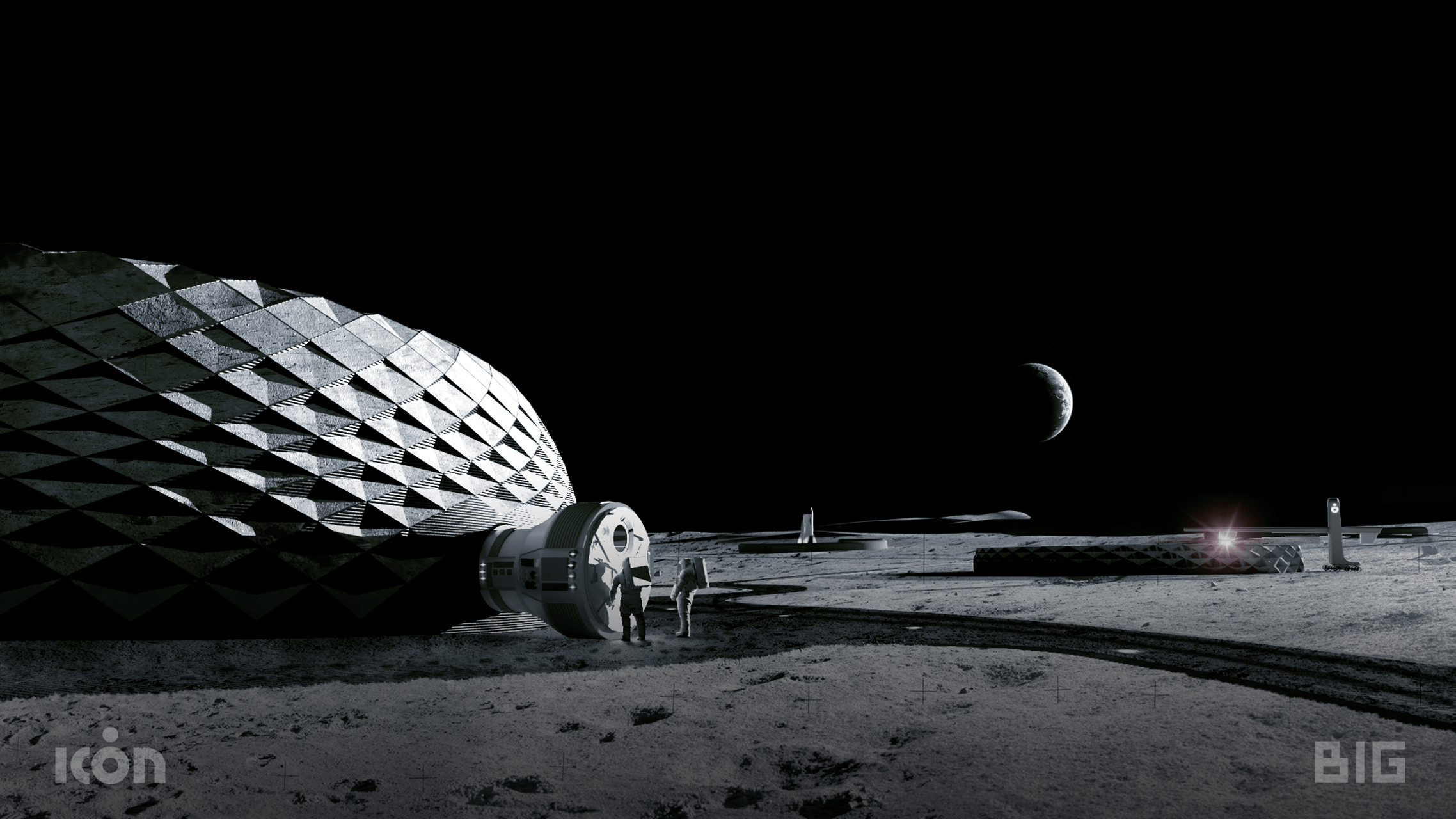

ICON focuses on developing innovative building technologies that can stimulate human development. Their mission is to rethink the way we build and to create affordable, decent housing for all around the world. Using patented 3D printing robotics, software and advanced materials, ICON is changing the paradigm of home building on Earth and beyond. In the Olympus scenario, there will be no need for interplanetary transport of materials for this 3D printing, but robots using what is already there. The technology will only use on-site resources and will not allow for any waste left behind—a kind of next-level sustainability, according to the architects. This will of course require research using materials that simulate the characteristics of the materials ‘native’ to the Moon.

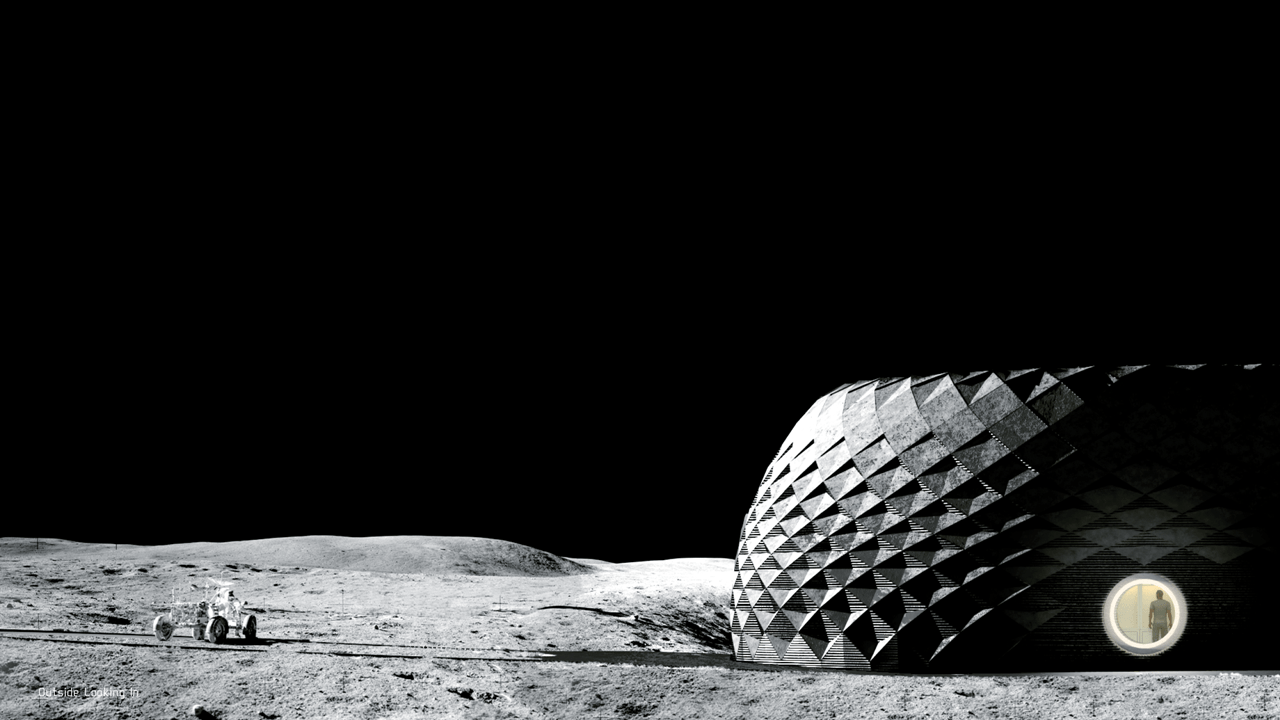
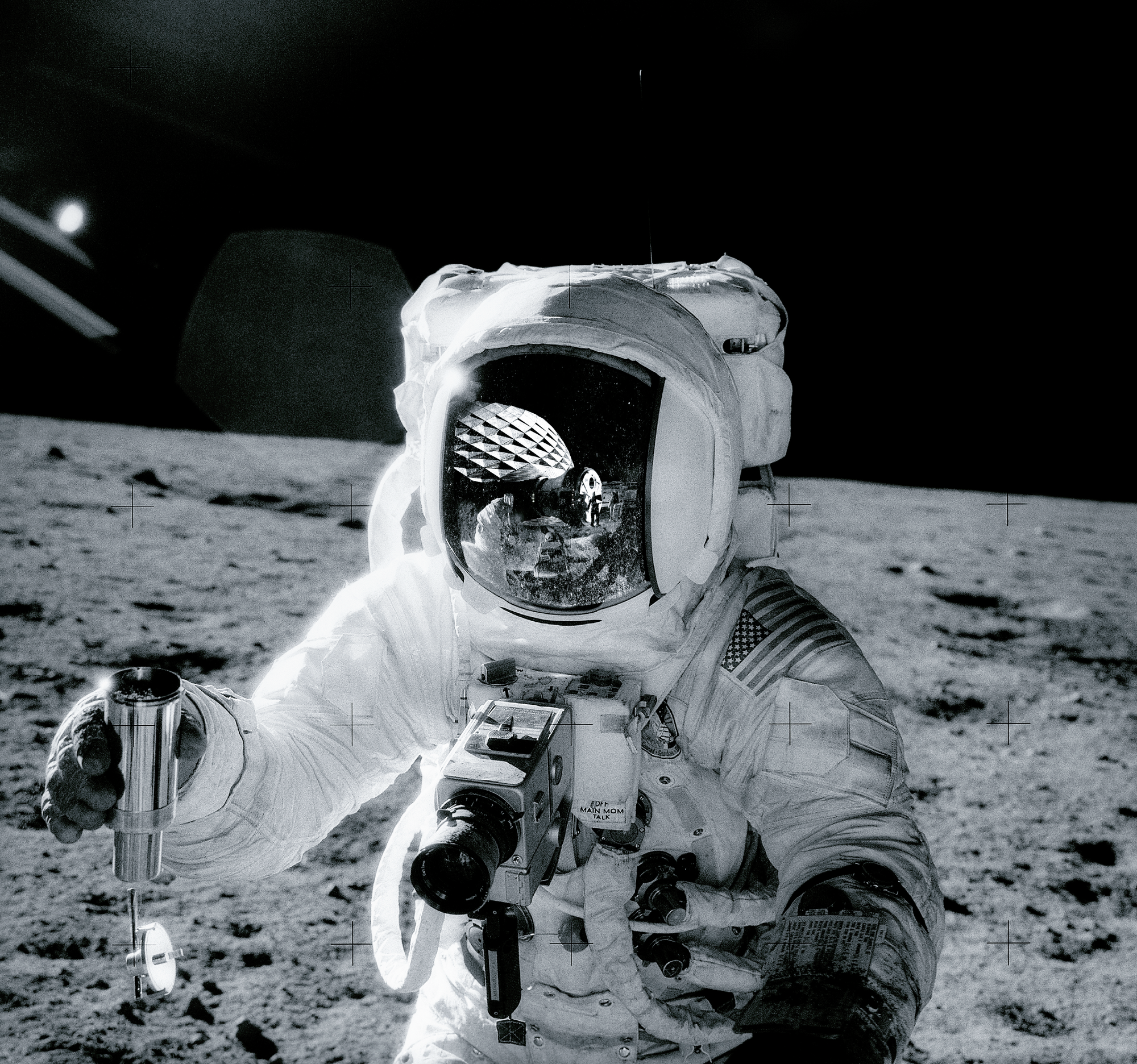
“Building the first human habitat on another planetary surface is one of the most ambitious building projects in human history and will take technology, engineering, science and architecture to new heights. Literally,”—Jason Ballard, co-founder and CEO of ICON
ICON has engaged two award-winning architectural firms as partners for the audacious project: one is the BIG-Bjarke Ingels Group, a group of architects, designers, urbanists, landscape architects, interior designers, product designers, researchers and inventors based in Copenhagen, New York, London and Barcelona. BIG’s architecture is the result of an in-depth analysis of the constant evolution and change in contemporary life. They are currently involved in a wide range of projects from Europe to the Middle East. The other partner is the startup SEArch+, which develops human-supporting design concepts for space exploration. The mission of SEArch+ is to conceive, investigate, and produce innovative ‘human-centered’ designs which enable human beings to not only live, but thrive in space environments beyond Earth. SEArch+, in collaboration with leading aerospace experts and engineers, participated and won first place in NASA’s Centennial Challenge for a 3D-Printed Habitat program, and BIG has been working on several concepts for the Moon and Mars over the past few years.
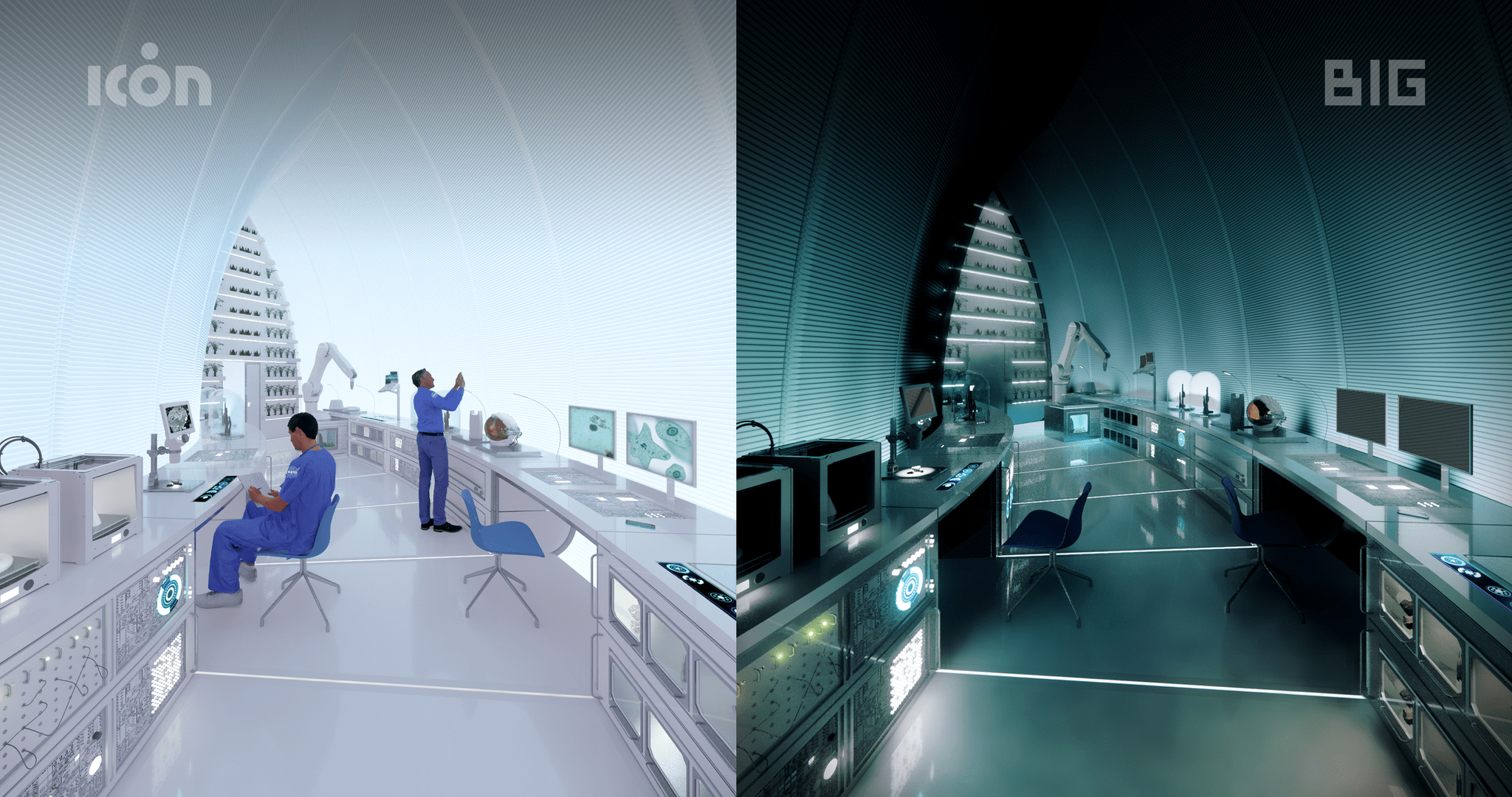
For ICON, the journey of building transformation began with the delivery of the first 3D-printed home in the US in 2018. Since then, the team has delivered the world’s first 3D-printed homes in Mexico and completed the construction of housing for the homeless in Austin.
“I am confident that learning to build on other worlds will also provide the necessary breakthroughs to solve housing challenges we face on this world. These are mutually reinforcing endeavors. Sometimes, for the biggest problems, it becomes necessary to look up at the sky and not only down at our feet. It would be hard to overstate how difficult this will be, but the ICON team is up for the journey and delighted to undertake this monumental task with NASA, BIG, and SEArch+,” says ICON CEO Jason Ballard.
ICON | Web | Facebook | Instagram
BIG—Bjarke Ingels Group | Web | Facebook | Instagram
SEArch+ | Web | Instagram

This is what happens when a gastro blogger meets a ceramist—introducing the Aurōrae collection

Entertaining, value-preserving and green—that’s a modern restaurant! | Piqniq pack—Part 8










